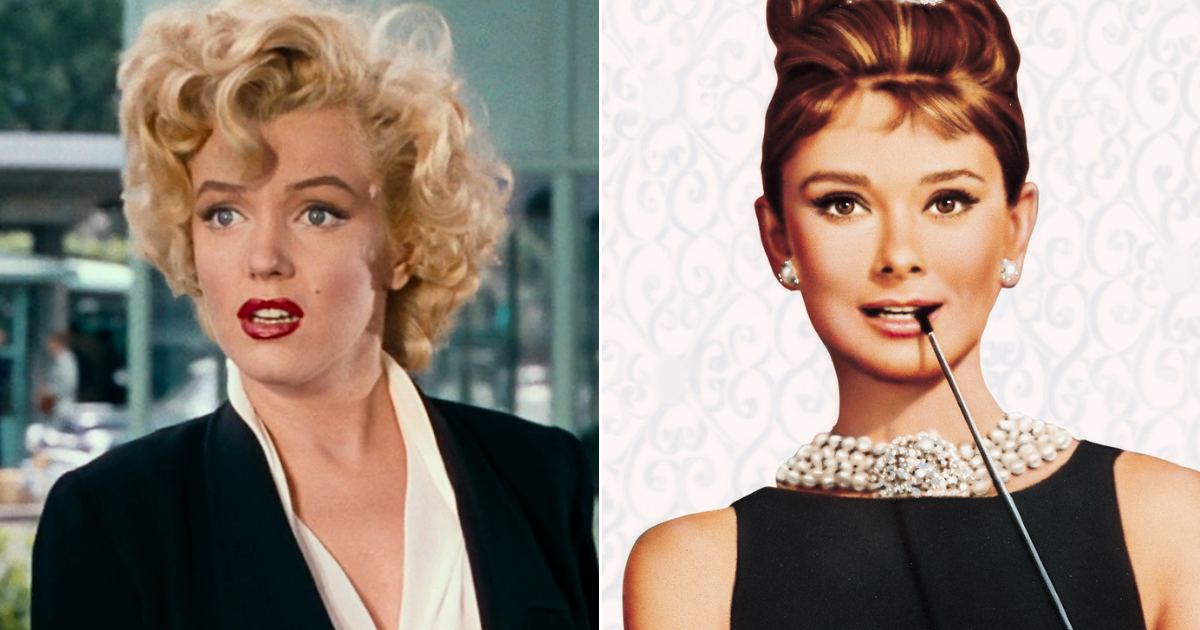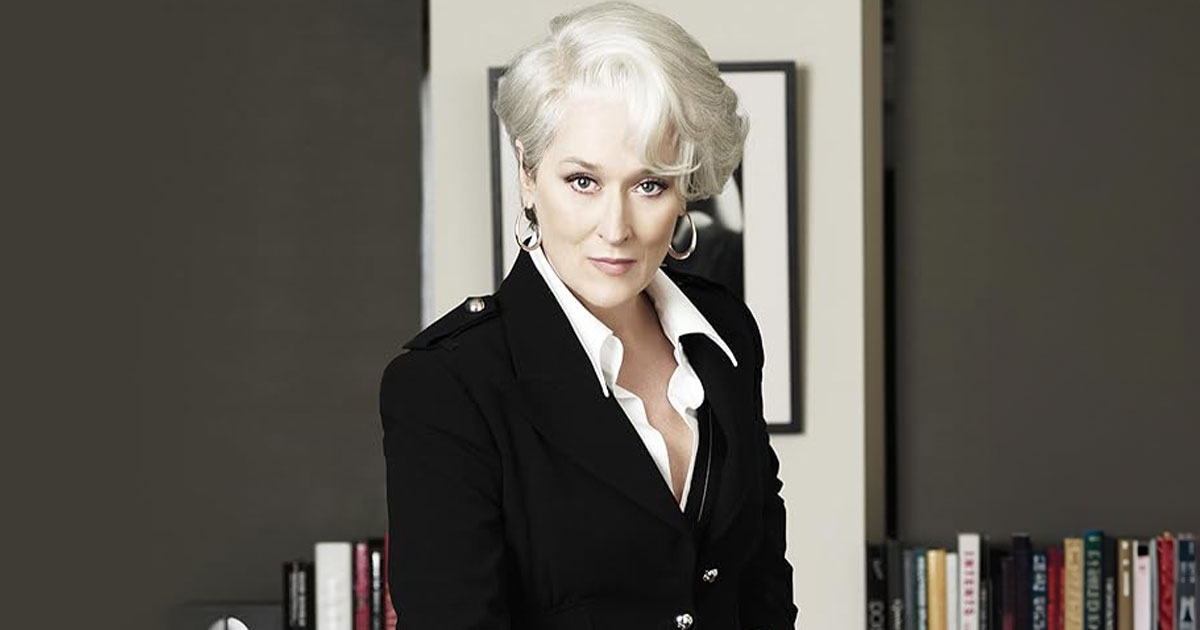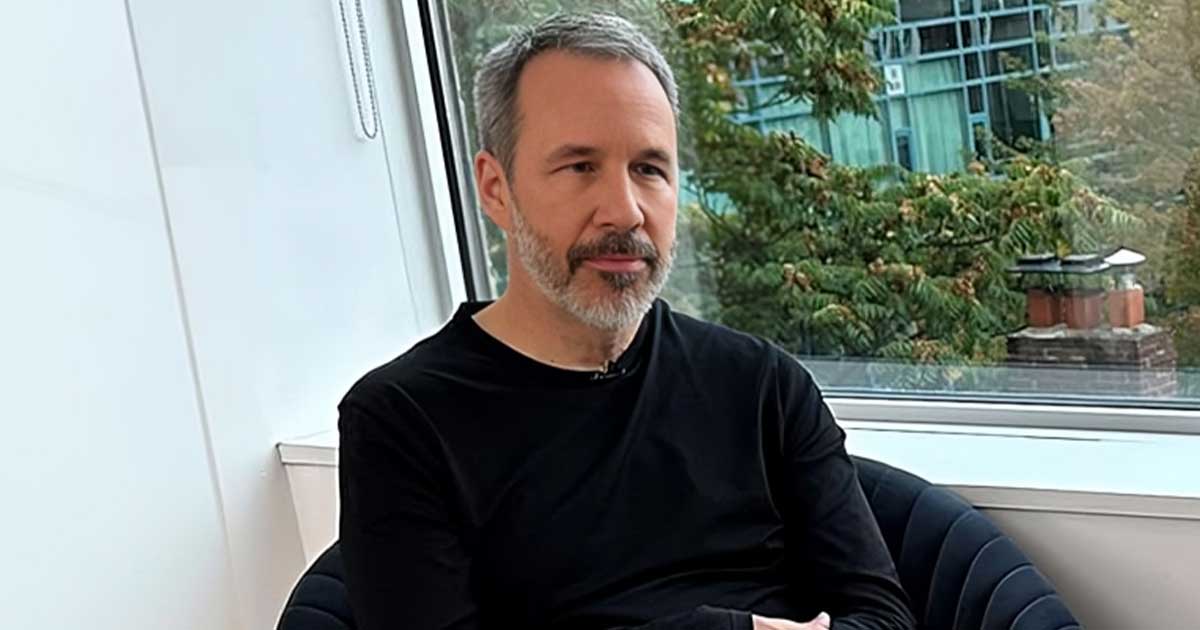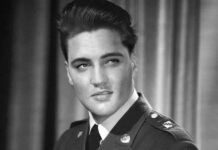
Few cinematic pairings feel as fated as Audrey Hepburn and Holly Golightly. The little black dress, the cigarette holder and that early-morning bagel outside Tiffany’s have etched into pop culture like diamonds on glass.
But behind this picture-perfect casting lies one of Hollywood’s great almosts. Yes, a version of Breakfast at Tiffany’s where Marilyn Monroe, not Hepburn, steps into Holly’s stilettos. It’s the kind of what-if that keeps film lovers tossing and turning, imagining an entirely different tone through Blake Edwards’ 1961 adaptation.
3/24/1955-New York, NY
Novelist Truman Capote having some difficulty holding the attention of actress Marilyn Monroe while dancing at the El Morocco.
Capote had Monroe in mind for Holly Golightly in “Breakfast At Tiffany’s,” & famously disliked Hepburn in the role. pic.twitter.com/u1yzTFdEps
— G-Man (@GMan23677156) March 20, 2024
Marilyn Monroe’s Holly Would’ve Been a Mirror
Hepburn’s Holly became an emblem of chic detachment and fragile charm, but when Truman Capote penned the original novella in 1958, he had someone else entirely in mind.
Trending
Capote’s vision of Holly was closer to Monroe, not just in appearance, with those light-catching blonde strands and eyes flecked with contradiction, but in soul. Monroe’s blend of sensuality, vulnerability, and a kind of aching glamour seemed almost written into Holly’s DNA.
It wasn’t a stretch that the two even shared a personal connection. Capote saw in Monroe a mirror of Holly’s precarious dance between glittering surfaces and the lonely truth behind them.
In the novella, Holly is more raw and less polished. She’s not the refined figure that Hepburn portrayed but a Southern escapee reinventing herself amid Manhattan’s high society. Her name isn’t even Holly, it’s Lulamae Barnes, a girl from rural Texas who married at 14 and ran off to chase something shinier. That backstory, full of rebranding and reinvention, fits Monroe like a silk glove. Both women lived lives shaped by performance, becoming what the world wanted even when it cost them parts of themselves.
When Hollywood Politics Took Over
Capote pushed hard to get Monroe cast, reportedly even tailoring parts of the script to fit her cadence and range. She might have brought more dramatic weight to the role, adding layers of lived experience and emotional grit that could have made Holly Golightly less a dream and more a deeply conflicted soul.
Monroe wasn’t just the blonde bombshell, she could be surprisingly tender and emotionally raw. And that version of Holly, one crafted by a woman constantly balancing fame and inner turmoil, might’ve taken Breakfast at Tiffany’s into deeper, perhaps darker territory.
However, casting is never simple. Monroe’s acting coach, Paula Strasberg, advised her to steer clear, wary of the role’s implications. She reportedly believed that Holly’s ambiguous profession would tarnish Monroe’s image, which is bitter irony, considering how much of Monroe’s real-life battles came from Hollywood’s refusal to let her be more than an icon.
Audrey Hepburn Wasn’t Holly — Until She Was
Capote was furious when Paramount handed the role to Hepburn instead, a choice he publicly detested. In his eyes, they had stripped Holly of her essence.
Yet here lies the paradox. Audrey Hepburn, with her gamine elegance, turned out to be the kind of Holly that no one expected but everyone embraced. She didn’t mirror Holly’s backstory, but that contrast created something magical. Hepburn became the fantasy Holly was always chasing, something sophisticated, charming and otherworldly.
Watching her glide through Manhattan in oversized sunglasses, it’s easy to forget that Holly was ever meant to be anyone else. That’s the alchemy of great acting, bending a role into something that becomes timeless, even if it started off as something else entirely.
Two Icons, Two Very Different Hollys
If Monroe had taken the part, the film likely would have carried more emotional gravity and a sharper commentary on American dreams turned hollow. It might have challenged audiences more, drawn them into the shadows between Holly’s glittering surfaces. But Hepburn gave the character something else, a lightness that masked the melancholy and a grace that floated just above the pain. She gave us a version of Holly that’s all aspiration, all charm, which, in its own way, perfectly captures the character too.
So in this alternate Hollywood universe, Monroe sips coffee outside Tiffany’s and charms a weary writer with her tragic beauty. But in ours, it’s Audrey who does it with a smile that hides everything and reveals nothing. The film we got may not be what Capote wanted, but it’s the one that turned Holly Golightly into legend.
For more such stories, check out Hollywood News
Must Read: Minecraft: This One Hilarious Scene From The Movie Was Written By Jason Momoa?
Follow Us: Facebook | Instagram | Twitter | YouTube | Google News



 Follow Us
Follow Us









